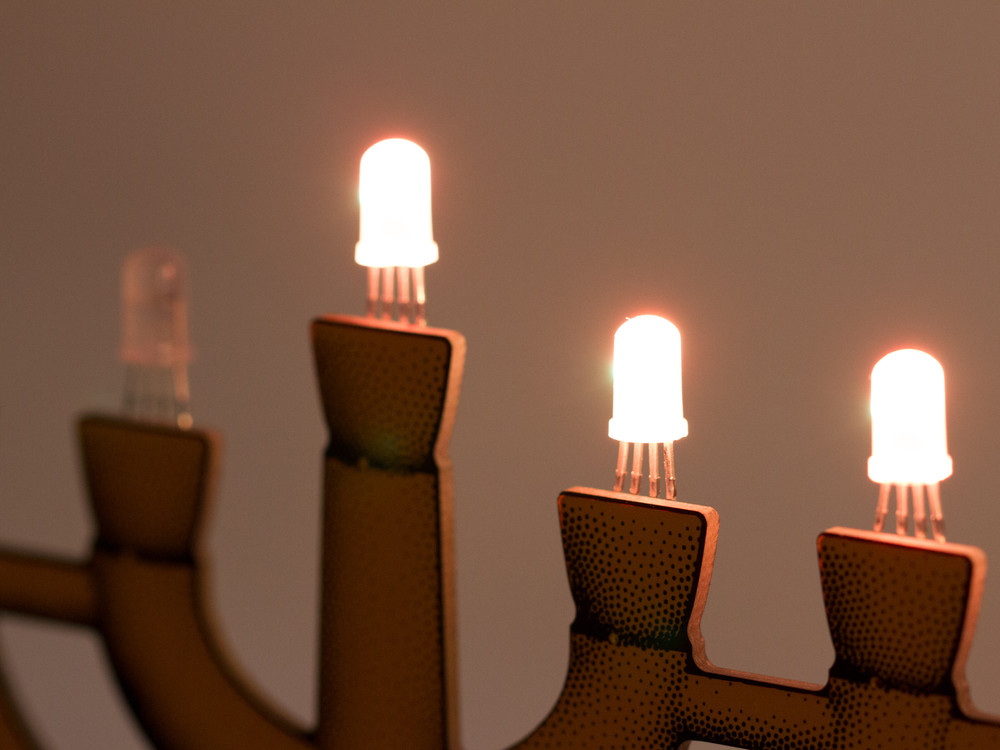

This is because dimmers are designed for high electrical loads, making them incompatible with low-voltage LED bulbs. LED bulbs, on the other hand, tend to flicker when paired with dimmer switches. For instance, fluorescent bulbs tend to flicker in cold temperatures or when powering up. The type of bulbs you use could affect the flickering in your house. If only one light is flickering, and you are sure it is not due to a loose connection, replacing it should help.

Smart bulbs not only help improve the quality of your home’s lighting but also help you get rid of old dimmers. Since loose lightbulbs do not make enough contact with their sockets, they tend to flicker randomly.
MAKE LED LOOK FLICKERY SKIN
If you have a few flickering lightbulbs, turn them off and put on some gloves to protect your skin from excessive heat, then screw them into their sockets tightly. Tighten Loose BulbsĪs apparent as this solution is, it may sometimes not be the first idea that comes to mind. Here are some simple fixes you can try for the less complicated electrical issues. Simple FixesĪs mentioned earlier, it is always a good idea to evaluate the flickering in your home and try some simple fixes before calling an electrician for help. These electrical service issues could cause much bigger problems than flickering lights, e.g., fires, requiring immediate evaluation by a competent electrician. The most probable causes for such flickering are electrical service issues, e.g., loose service conductors in the central electrical panel. If the flickering is not limited to a contained area in your home and is not triggered by large home appliances, it may signal a larger problem.
MAKE LED LOOK FLICKERY UPGRADE
This problem is usually too technical to handle for most people and may require an inspection from a competent electrician to determine whether an electrical service upgrade is necessary. That said, having several large home appliances and using them simultaneously can strain your home’s main circuit breaker.Īdding an unbearable load to your home’s main circuit breaker can cause several lights to flicker throughout your house. Lights Flickering When Powering on a Large ApplianceĪ large home appliance, e.g., a refrigerator, washing machine, or oven, can add a significant load to your home’s central circuit breaker. Since circuit issues can be dangerous if left unchecked, it is best to act on this issue by calling an electrician for further diagnosis quickly. In most cases, the probable cause for this issue is a problem with your home’s circuitry. Having multiple flickering lights within a contained area can be quite worrying. This is arguably the simplest problem to solve and should be no cause for alarm.

If your light flickering problem is isolated to one bulb only, perhaps it could be because it is due for replacement or loose in the socket. Here are some common reasons behind flickering lights and their possible fixes. It is always prudent to do some personal investigation and try a few simple fixes before consulting an electrician. When investigating the problem, look out for patterns such as when the flickering happens, the typical duration, and frequency of occurrence. Usually, the flickering pattern of your lights can help you diagnose the underlying issue. However, no need to worry because the issue may be more straightforward than you may think.

Besides Christmas tree lights and faux flame bulbs, the site of flickering lights in your home can be very frustrating.


 0 kommentar(er)
0 kommentar(er)
